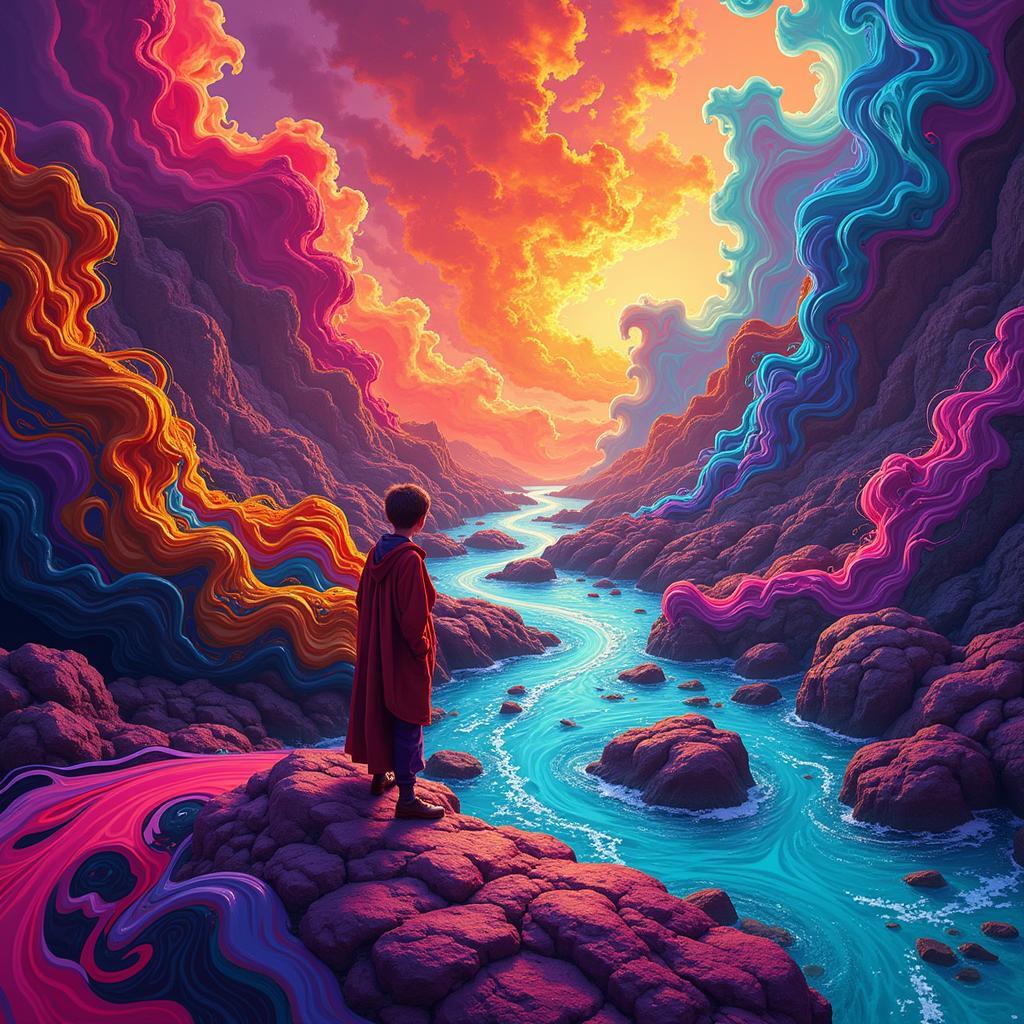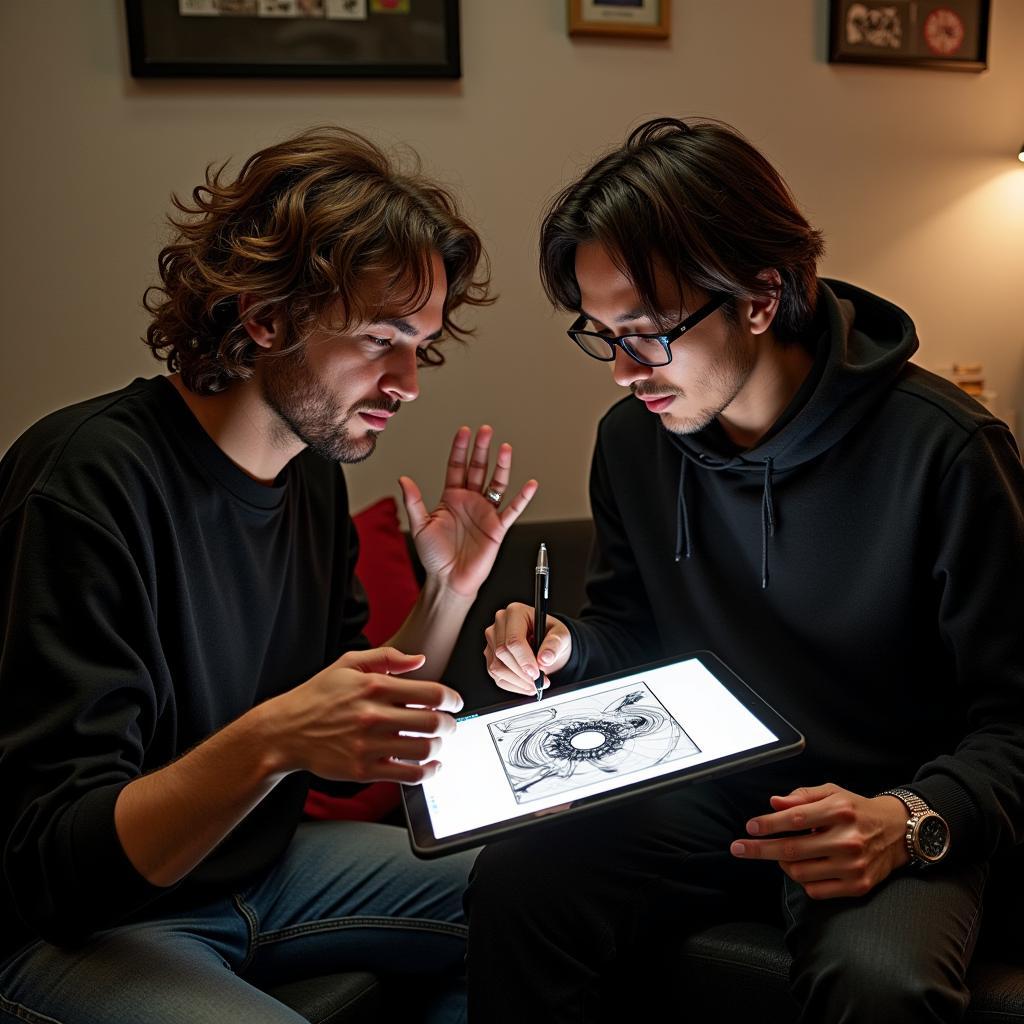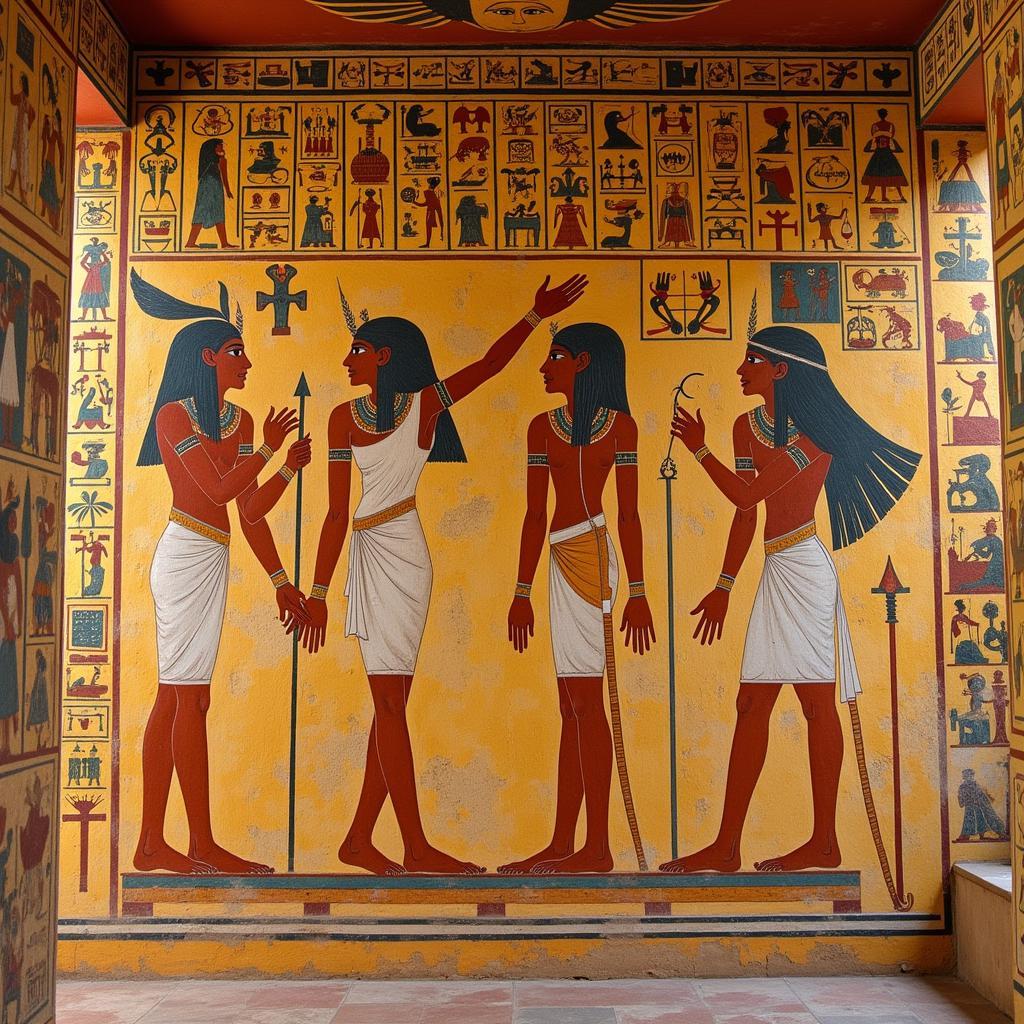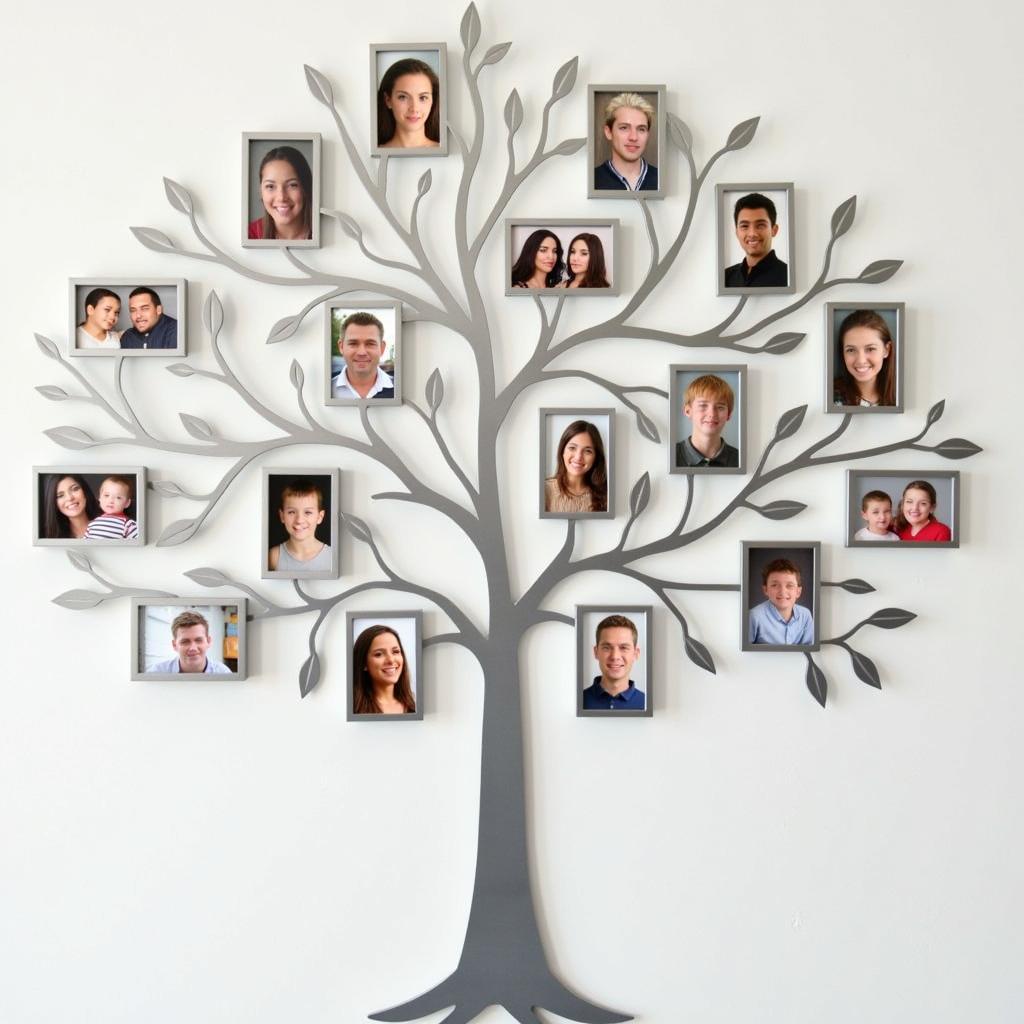Carl Jung on Art: Unveiling the Unconscious Through Creativity
From the vibrant canvases of abstract expressionism to the intricate strokes of calligraphy, art has always served as a mirror to the human psyche. But what happens when we delve deeper, beyond the surface aesthetics, and explore art through the lens of analytical psychology? This is where the profound insights of Carl Jung, the renowned Swiss psychiatrist, illuminate the intricate relationship between art, the unconscious, and the very essence of our being.
The Dance Between Art and the Unconscious
Jung believed that art wasn’t merely a product of conscious effort but a powerful conduit to the unconscious mind. He argued that the creative process often stems from a wellspring of primordial images, archetypes, and emotions that lie dormant beneath the surface of our awareness. These archetypes, universal patterns of thought and behavior embedded in our collective unconscious, find expression through the artist’s work, often unbeknownst to the creator themselves.
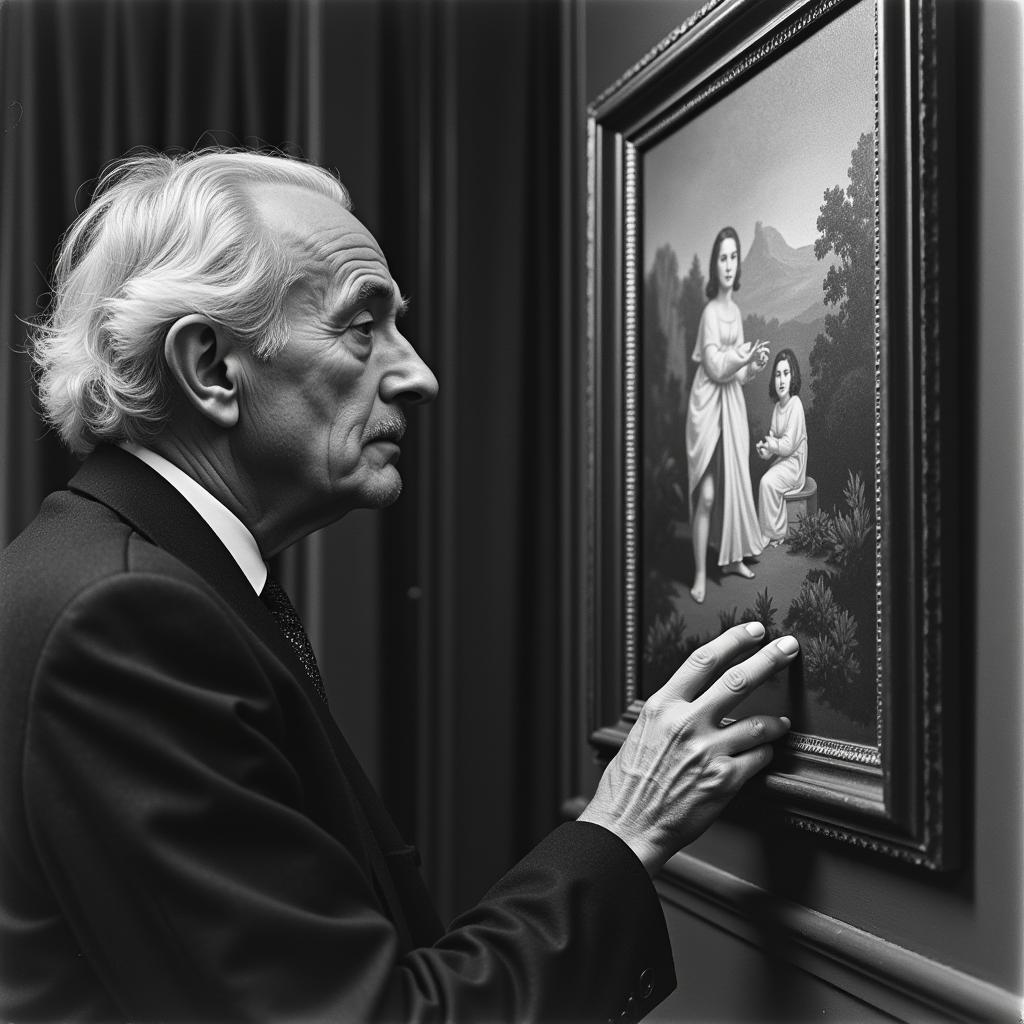 Carl Jung examining a painting
Carl Jung examining a painting
Archetypes in Action: Deciphering the Language of Symbols
To understand Jung’s perspective on art, we must first grasp the significance of symbols. Jung viewed symbols not as mere representations of known things but as powerful carriers of unconscious meaning. In art, these symbols can manifest as recurring motifs, characters, or even abstract forms that evoke profound emotional responses from both the artist and the observer. Consider the archetype of the “Hero,” a figure often depicted in myths, legends, and art across cultures. From Odysseus’s perilous journey home to Joan of Arc’s courageous stand against oppression, the Hero archetype embodies our innate desire to overcome challenges and fulfill our potential.
 Artistic representations of archetypes
Artistic representations of archetypes
The Creative Process: A Dialogue with the Psyche
For Jung, the act of artistic creation wasn’t merely about technical skill or aesthetic appeal but a transformative process of self-discovery. He likened it to a dialogue between the conscious and unconscious, where the artist acts as a conduit, channeling the raw materials of the unconscious into tangible form. This process, often fraught with emotional intensity, allows the artist to confront their own inner demons, explore hidden desires, and ultimately achieve a sense of wholeness and integration.
Art as a Bridge to the Collective Unconscious
Jung’s concept of the collective unconscious further enriches our understanding of art’s profound impact. This reservoir of shared experiences, archetypes, and symbols transcends individual cultures and connects us to the broader tapestry of human experience. When we engage with art, whether through creation or observation, we tap into this collective wellspring, resonating with the universal themes and emotions that bind us together.
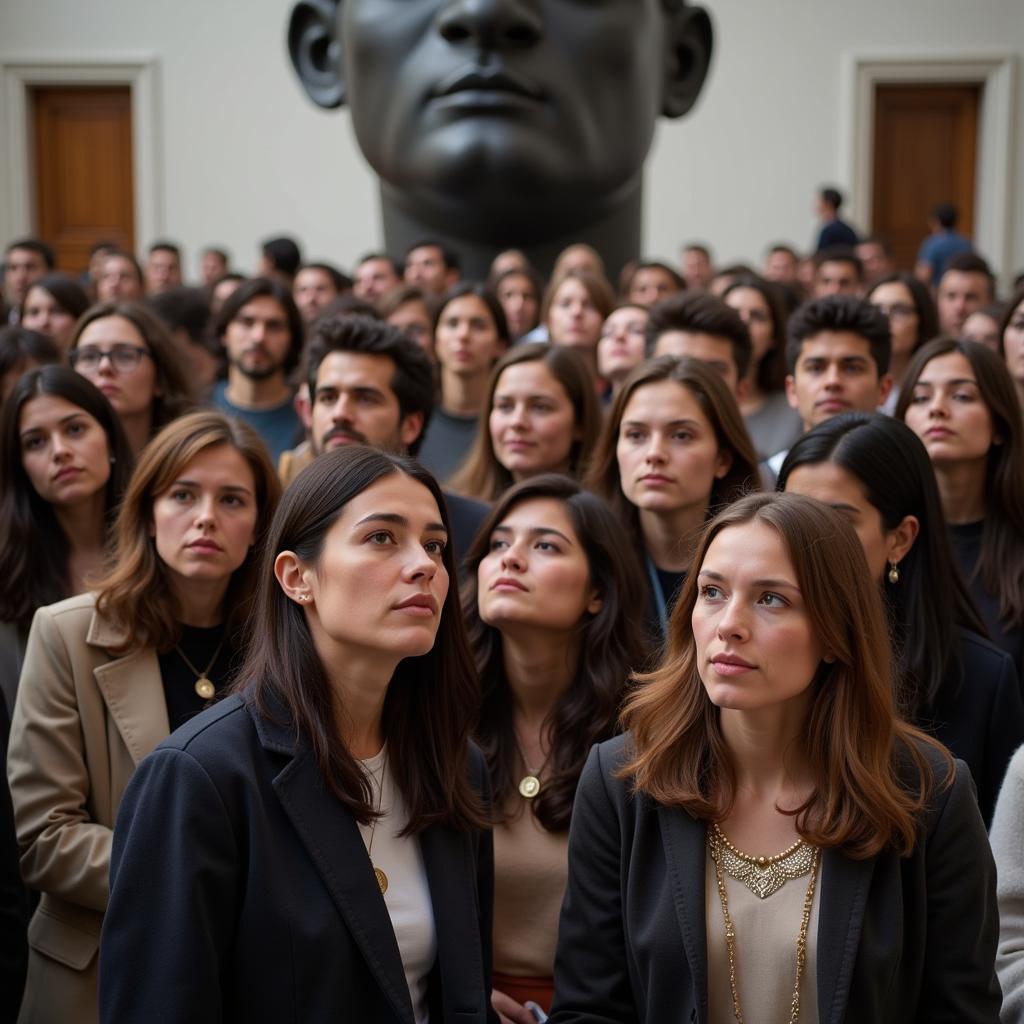 People from diverse backgrounds connecting with a piece of art
People from diverse backgrounds connecting with a piece of art
Conclusion: Embracing the Transformative Power of Art
Carl Jung’s insights into art offer us a profound lens through which to appreciate the creative process and its ability to illuminate the hidden depths of the human psyche. By recognizing the interplay of archetypes, symbols, and the unconscious, we can approach art not just as a form of entertainment but as a powerful tool for self-discovery, healing, and personal transformation.

